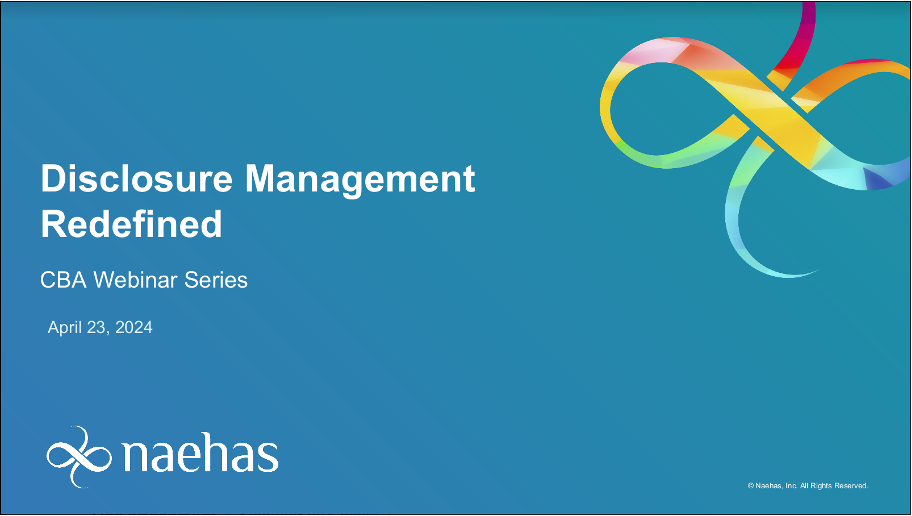In the complex world of finance, navigating loan terms and credit card agreements can feel overwhelming – even for lenders. Regulation Z (12 C.F.R. Part 1026), also known as the Truth in Lending Act (TILA), is the government’s attempt to create a consistent landscape. Created and enforced by the Consumer Financial Protection Bureau (CFPB), it provides transparency in credit transactions by mandating lenders to disclose crucial information in a standardized format.
This blog series unpacks Regulation Z, empowering businesses to understand the necessary steps to take to ensure compliance. In this first post, we’ll take a broad look at the rule’s topics.
Content, Format, and Timing (or What, How, and When)
Regulation Z mandates specific disclosures that lenders must provide to consumers in writing before a credit agreement is finalized. Standardizing disclosures puts lenders on an even playing field, simplifies oversight for regulatory bodies, and enables consumers to directly compare offers from various creditors.
Lenders must ensure that they are using terms correctly as defined by the rule. Although language is not required to be identical in a lender’s disclosures, the language should be similar enough in meaning to allow a consumer to relate the terms. Disclosures must include information such as interest rates, fees, repayment terms, and an explanation of payment application.
It’s not surprising that the content of disclosures is regulated, but lenders must also be certain that disclosures are provided and formatted properly. Most disclosures must be presented in writing (electronically counts) and in a manner that the consumer can keep. Several disclosures must be arranged in the form of a table, such as some information found in credit or charge card applications or solicitations, projected mortgage payments, closing costs, changes in terms notices, and rate increase disclosures. In some situations, the terms “finance charge” and “annual percentage rate” must be more conspicuous than other requirements. Appendix G contains examples of the format, headings, and content that the CFPB finds acceptable.
The timing of disclosures is yet another important item covered by Regulation Z, and the specifics depend on the type of account. Credit cards involve periodic disclosures in the form of statements, which are required to be mailed or delivered at least 21 days prior to a payment due date. For most mortgage transactions, a loan estimate must generally be provided within three days of receiving a loan application, and a closing disclosure must be provided at least three days before loan consummation.
Disclosures in Advertisements
A lender should check Regulation Z before offering or changing a credit product to ensure compliance. For example, lenders can only advertise credit terms for open end credit (such as credit cards) that they are offering or will offer. Using certain terms in an advertisement will trigger additional disclosures about the term, such as charges, certain rates, or fees. Promotional and introductory rates must be clearly and conspicuously displayed, including the time of the promotional rate and what the rate will be once that timeframe expires.
Keep your Records
Retaining proof is an important aspect of compliance for every institution, but Regulation Z doesn’t leave this to chance either. Except for advertisements and early disclosures for mortgages, lenders must retain evidence of compliance with Regulation Z for a minimum of two years following the date of disclosure or when an action is taken. However, in the case of an error in which a true finance charge or APR exceeds the disclosed amount, the agency enforcing the remedy may require a lender to keep relevant records until the matter is resolved, however long that timeframe might be.
Disclaimer: The information provided on this website does not, and is not intended to, constitute legal advice; instead, all information, content, and materials available on this site are for general informational purposes only. Information on this website may not constitute the most up-to-date legal or other information.







